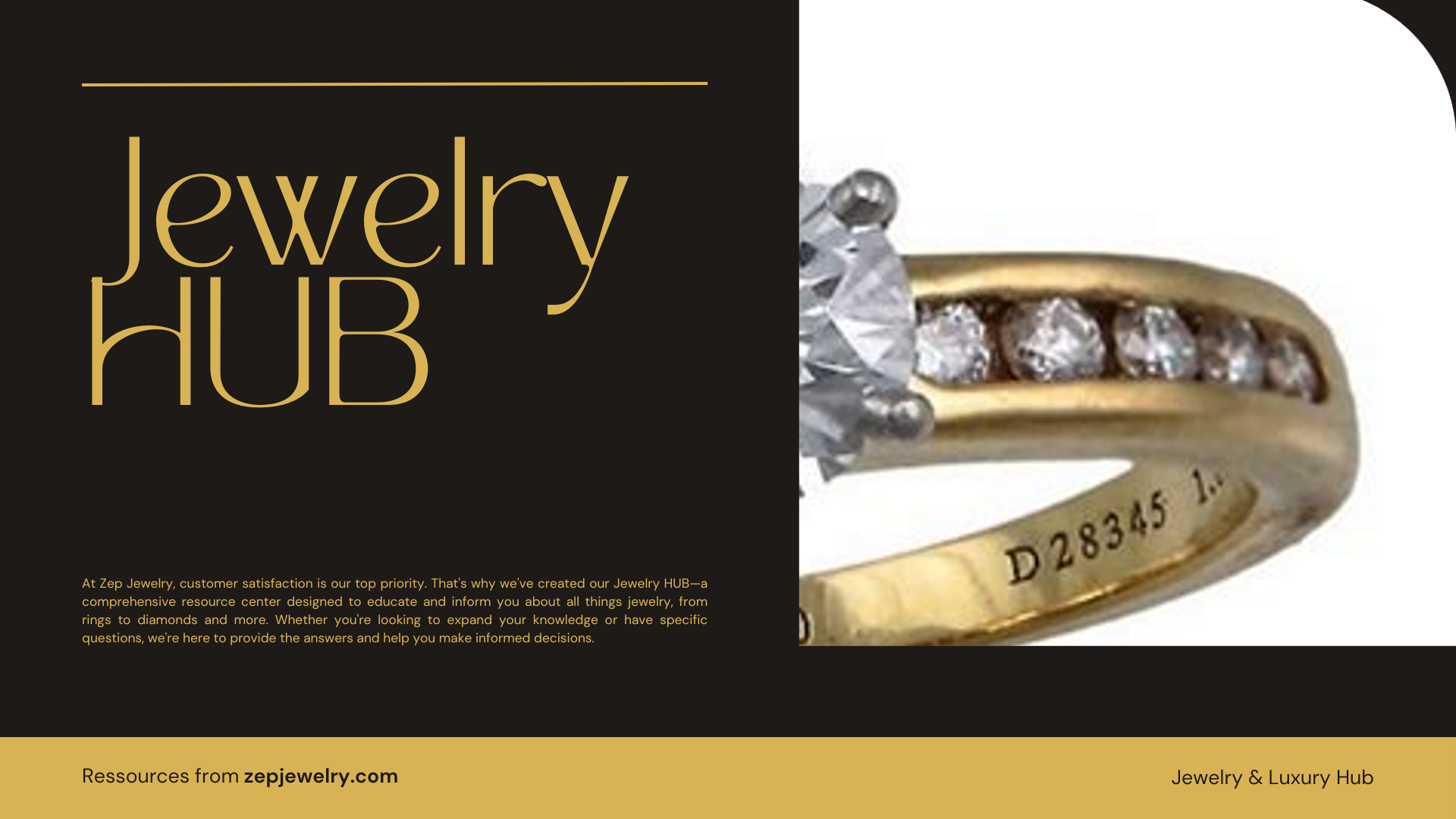Have you ever found yourself gazing at a sparkling diamond ring and wondering what those tiny markings mean? Jewelry stamps, like the enigmatic “SOL,” offer a glimpse into the story behind the gem you’re admiring. Just as a sailor relies on the North Star to navigate the seas, jewelry enthusiasts lean on these stamps to understand key details about their treasures. In the case of “SOL,” it signals the charm of a solitaire diamond—a symbol of timeless elegance that captivates buyers and collectors alike. Let’s dive into what this stamp really tells us about the diamond at hand.
What does the jewelry stamp “SOL” mean on diamonds?
The stamp “SOL” found on diamond jewelry is an abbreviation for “solitaire.” This marking indicates that the piece of jewelry features a single center stone, usually a diamond, which is often a sought-after characteristic among buyers. When you see this stamp, it typically comes with a number that specifies the carat weight of the diamond, a crucial factor in determining its value and desirability.
Understanding the “SOL” stamp is particularly important for those looking to invest in diamond jewelry, as solitaire diamonds are recognized for their beauty and simplicity. The presence of this stamp serves as assurance that what you’re purchasing is not just a collection of smaller stones but a prominent, standout diamond spot. For example, if you see “SOL 1.5,” it signifies that the solitaire diamond weighs 1.5 carats. When assessing the worth of a diamond, the carat weight plays a vital role—higher carat weights typically correlate with higher value, alongside other factors like cut, clarity, and color.
To help buyers make informed decisions, it’s always beneficial to seek comprehensive information about any jewelry, including additional stamps that might indicate the quality, origin, or craftsmanship of the piece. So, next time you’re eyeing a piece that flaunts the “SOL” stamp, remember that you’re not just looking at a beautiful gemstone, but a marked declaration of that stone’s singularity and worth.
How can I identify if a diamond is lab-grown or natural through its stamp?
To identify whether a diamond is lab-grown or natural, look for specific markings. Lab-grown diamonds may bear stamps such as “LG” or “CVD,” indicating their origin. Conversely, if the jewelry is stamped “CZ,” this denotes that it contains Cubic Zirconia, a synthetic stone resembling diamonds, and is not a natural diamond at all.
What does a diamond’s laser inscription signify?
A diamond’s laser inscription is a unique identifier that connects the stone to its grading report, or diamond certificate. This microscopic engraving, often found on the girdle of the diamond, displays the GIA report number or other grading information, providing a definitive record of the diamond’s quality and characteristics as assessed by gemological laboratories.
Are there stamps that indicate the quality or characteristics of diamond jewelry?
Yes, various stamps can indicate the quality or characteristics of diamond jewelry. Apart from the carat weight indication denoted by “CW,” stamps might include terms related to the cut and quality of the diamond. Additionally, some pieces might have grading inscriptions that refer to the diamond’s definition according to its color, clarity, and cut quality based on recognized gemological criteria.
Why might jewelry stamps be blurry or difficult to read?
Jewelry stamps can sometimes appear blurry or tampered for several reasons, including poor stamping techniques or wear over time. Factors such as the angle at which the stamp was impressed, a scuffed surface, or accumulated dirt can obscure the clarity of marks. To verify markings, using a magnifying glass can help bring these details into focus for accurate identification.
What do common jewelry stamps for precious metals look like?
Jewelry stamps for precious metals vary by quality and type. For gold, you’ll often see karat markings such as “10K,” “14K,” or “18K,” signifying the level of gold purity. Similarly, silver items typically include “925” or “S. Silver” for sterling silver quality. Platinum is often marked with “PT” or “950,” denoting its high purity. Understanding these metal stamps is crucial for determining the value and authenticity of jewelry pieces.
